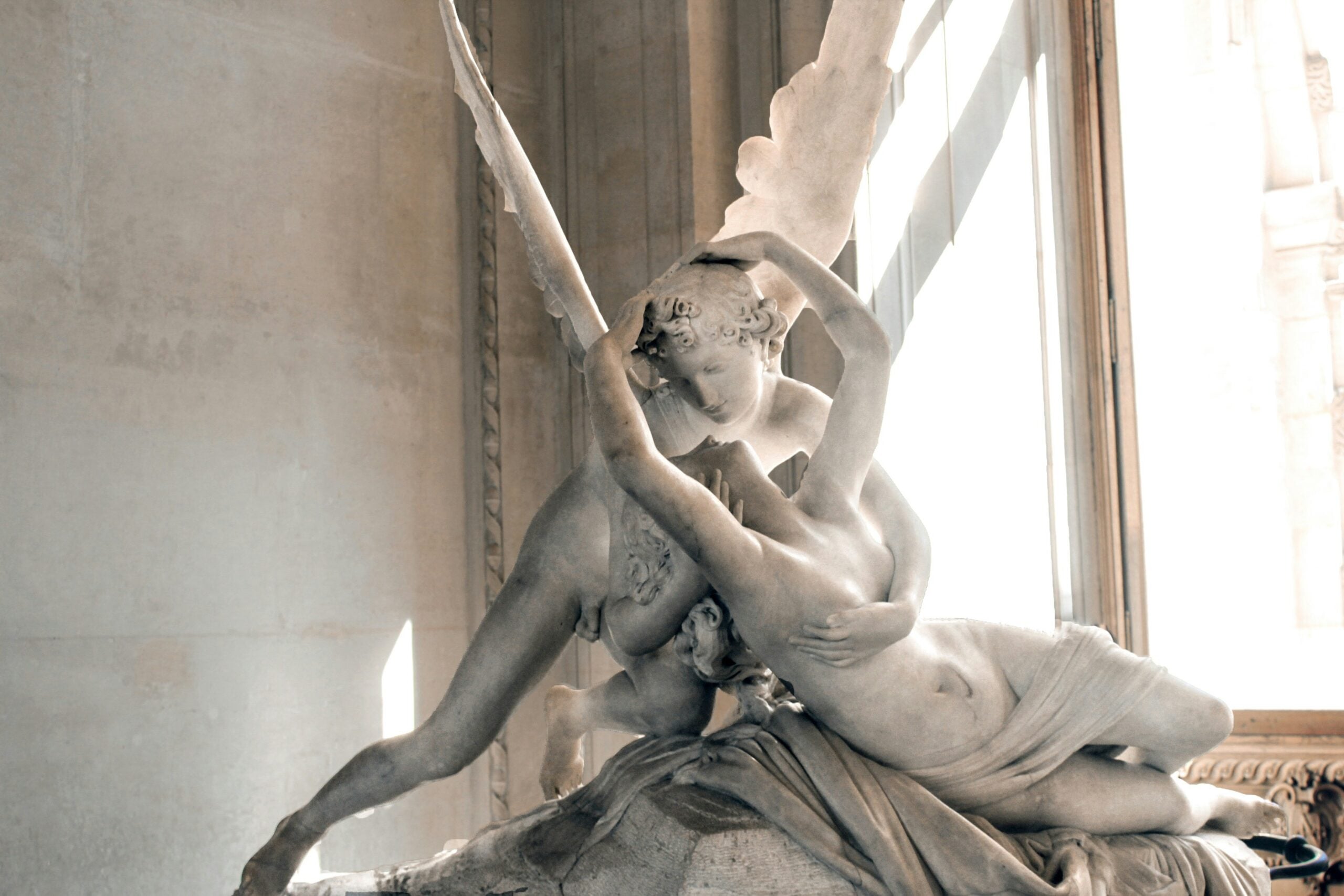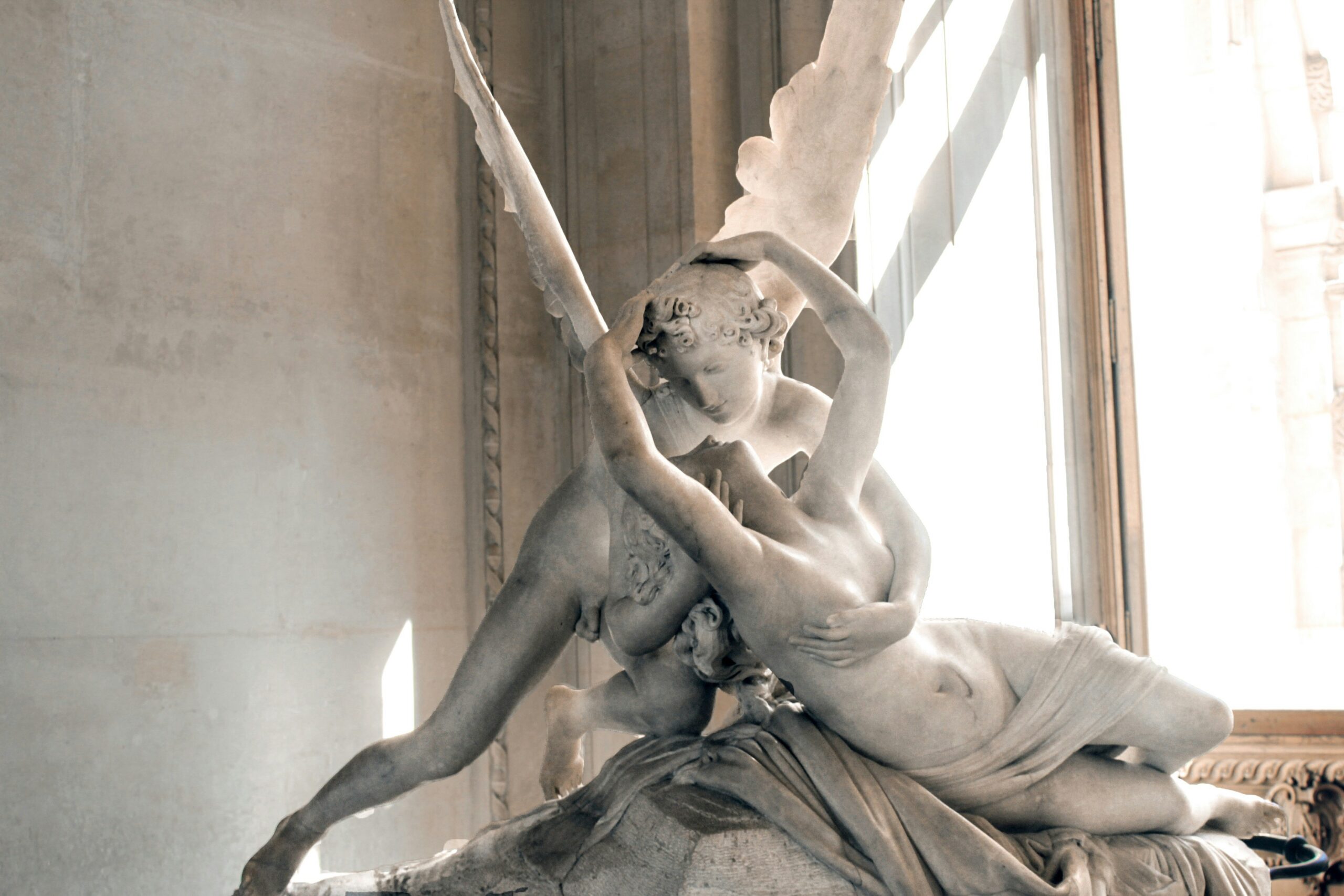Banner image courtesy of Sara Darcaj
Contemporary sculpture is one of the most significant modern art forms, alongside installation and painting. It’s practiced and championed by numerous artists, some of whom have been making a name for themselves and are worth studying. But what exactly classifies an art piece as a contemporary sculpture? The term in art historiography refers to the unconventional three-dimensional artworks developed from 1950/1960 onward. A transition from modern to contemporary sculpture aligned with the emergence of minimal and conceptual art, and modern artist names like Auguste Rodin, Henry Moore, and Constantin Brancusi are regarded as the pioneers of modern sculpture and foretellers of the emergence of contemporary sculpture.
Contemporary sculptures mainly involve the creation of 3D works, which inspire the emergence of various forms of experimentation with materials like recycled items and waste, as well as newfangled sculpting techniques and fresh conceptual approaches. Contemporary sculpture may seem intricate due to its wild diversity, but artists of this movement make it easy to understand, appreciate, and desire. Are you ready to delve into some of the groundbreaking notorious figures that challenge conventions, redefine materials, and shape contemporary sculpture?
What is considered a contemporary sculpture?
It’s helpful to learn how to recognize a contemporary sculpture and differentiate it from modern or conceptual ones. Contemporary sculpture refers to 3D artworks that use innovative materials and techniques and reflect modern artistic movements and conceptual approaches. Unlike traditional sculpture, which is associated with historical or figurative subjects and materials like bronze or marble, contemporary sculpture focuses on abstraction, unconventional mediums, and interdisciplinary techniques. Artists dabble in industrial materials like steel, plastic, glass, wood, concrete, and even everyday objects like foodstuffs, bridging the gap between sculpture and installation art.
The influence of Minimalism and Conceptual Art in the middle of the 20th century had a critical role in redefining sculpture. Contemporary sculptures tend to challenge spatial and tactile perceptions and encourage audiences to observe artworks through new lenses. The core influence that birthed the movement was Marcel Duchamp, the creator of the famous “Fountain” sculpture, who launched the idea that any ordinary object could become art.
Identifying contemporary sculpture made easy
A few key characteristics help recognize contemporary art, including site-specific installations, kinetic or interactive elements, and a focus on themes like identity, technology, and environmental issues. Integrating found items and digital creation techniques further defines our modern-day sculptures. Identifying contemporary sculpture boils down to looking beyond materials to consider an artwork’s conceptual depth, cultural and social concerns approached, and the alienation from conventional themes.
Famous contemporary sculptors
Contemporary sculpture includes more experimentation-based artistic styles, from those tackling societal concerns like superficiality to those of a political nature. Some of the most common currents are conceptual art, minimalism, expressionism, abstract art, and land art, which you can find present in some of the most avant-garde venues exhibiting different types of sculptures for sale.
The following artists represent a small yet significant group of talents shaping contemporary sculpture, each contributing unique perspectives and methodologies. Let’s discover the heavyweights carrying this legacy forward.
Erwin Wurm
Born in Austria in 1953, Erwin Wurm is a neo-conceptual sculptor and performance artist famous for his interactive installations and sculptures that explore day-to-day life. The artist expands the concepts of human form and sculpture through pieces that straddle representation, abstraction, and witty reinterpretation of formalism – the theory according to which an artwork’s most critical aspect is its form.
Wurm’s surrealistic sculptures distort familiar forms, zooming in or out of them and fusing human figures with ordinary objects. The sculptor also challenges Western society through his multimedia practice, combining performance with sculpture. The artist’s most iconic artworks are the “One Minute Sculptor” representations, where participants follow instructions to strike poses in unusual and spontaneous positions. These challenge the definition of “sculpture” and show that inspiration can flow from anywhere – people themselves included.
Daniel Spoerri
With Romanian origins but established in Switzerland, Daniel Spoerri sculpts and assemblages waste and found objects, frequently putting them together on tables or tableaus. His art frequently captures glasses, silverware, plates, vases, and even meal leftovers. He is known for his curious approach to eating habits and deep dives into the human sense of taste. Tableaux-pièges, aka snare pictures, is a concept first developed in the Spoerri Restaurant in Düsseldorf and reminds of the Romanian-Swiss sculptor.
His use of unusual materials like waste and other items unlinked with art represents his hallmark, and how usual objects become “sentimental” and deeply significant remains one of his most distinctive traits.
John Chamberlain
John Chamberlain is recognized as the Pollock of sculpture due to his innovative use of out-of-use metals, mainly vehicle parts and crushed steel, as material of choice. These elements gain new meanings when combined with dynamic colors and the artist’s creative freedom in putting pieces together, alluding to elegance and the expressive plasticity of industrialism. Known as one of the heaviest artists in sculptural expressionism, his groundbreaking work earned him a place in The Art of Assemblage at New York’s MoMA, where his sculptures were exhibited alongside Cubist, Surrealist, and Futurist creations.
Some of the artist’s most iconic masterpieces include Pineapplesurprise, Mermaidschief, Penthouse #50, and Memo to Mozart—many of which were exhibited at the Seagram Building in New York in 2012.
Anish Kapoor
Indian-born British sculptor Anish Kapoor is famous for his reflective and monumental sculptures using abstract biomorphic patterns. The artist is renowned for his gigantic artworks, such as the Marsyas placed in London’s Tate Modern’s Hall and Taratantara, a 35-meter-long masterpiece exhibited at Gateshead’s Baltic Centre for Contemporary Art.
The artist’s works invert personal realities, using reflective materials like mirrors to encourage viewers to engage in self-reflection through the art itself. Anish Kapoor remains one of the leading contemporary artists of modern days, and his prizes and distinctions, including the 2017 Genesis Prize awarded for being one of the most impactful sculptors of his generation, stand as proof.
Bottom line
More contemporary artists push the boundaries of three-dimensional expression. By understanding their visions and approaches, you can develop deep knowledge about sculpture and use it for your sculpture purchases and collection-making. This is especially important if you seek investments that are less susceptible to the impact of changing economic states and passing time.


